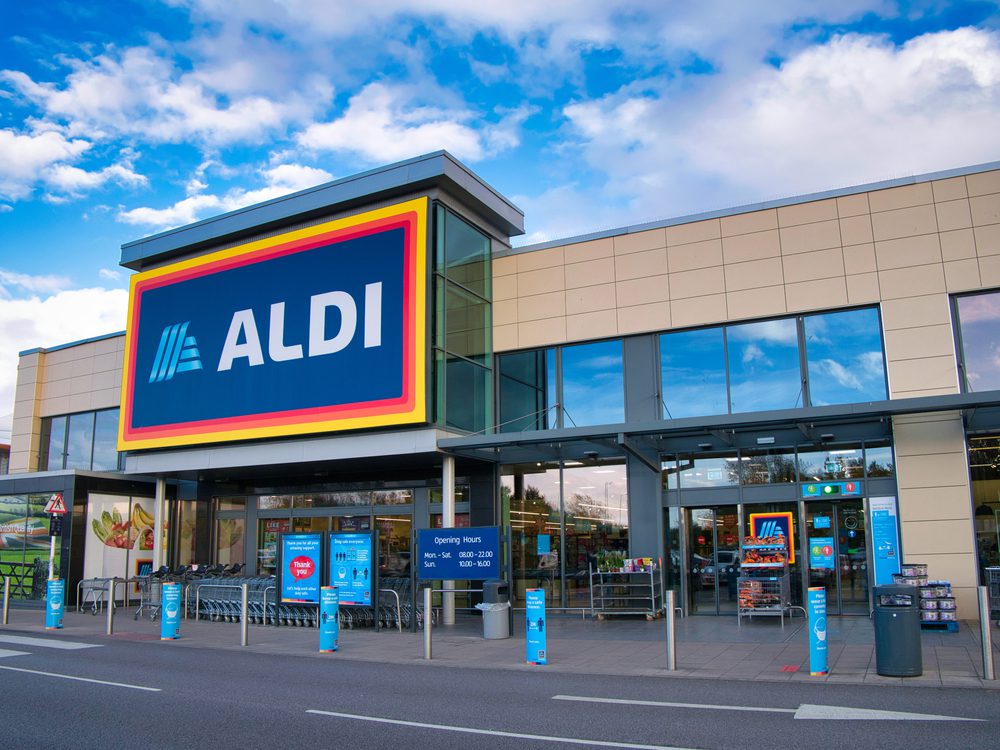
Common Retail Traps and How to Sidestep Them
Stores are designed by experts to encourage you to spend more money. They use psychology, strategic product placement, and subtle pricing tricks to nudge you toward unplanned purchases. Being aware of these traps is the first step to avoiding them and protecting your budget.
The Gauntlet of Impulse Buys: Have you ever noticed that the checkout lanes are lined with candy, magazines, cold sodas, and small gadgets? This is no accident. Retailers know that after a long shopping trip, you might be tired and your willpower may be low, making you more susceptible to a small, rewarding impulse purchase. The best way to combat this is to be mindful and stick firmly to your shopping list. Don’t even browse the items in the checkout lane; focus on the task of paying and leaving.
The Siren Song of “Sale” Signs: A big, red “Sale” or “Low Price” sign can create a sense of urgency, making you feel like you’ll miss out if you don’t buy now. But a sale on something you don’t need, won’t use, or didn’t plan to buy is not a savings. It’s an unbudgeted expense. Before putting a sale item in your cart, ask yourself: “Did I come here to buy this today?” If the answer is no, it’s usually best to walk away. A 50% discount on a $20 item you’ll never use isn’t a $10 savings; it’s a $10 waste.
The Bulk Buying Fallacy: Buying in bulk can save money, but only if you use everything you buy before it expires or goes bad. That giant tub of sour cream might have a great unit price, but if you have to throw half of it away, you’ve lost money. Be realistic about your household’s consumption. Sometimes the medium-sized package is the most economical choice because it eliminates waste. This is especially true for perishable items but also applies to non-perishables that you use very slowly.
Decoy Pricing: This is a clever trick to make you spend more. A store might offer a product in three sizes. For example, a small drink for $2.00, a medium for $3.50, and a large for $4.00. The medium size is often priced unattractively high. It’s the “decoy.” Its purpose is to make the large size look like an incredible bargain in comparison. You might have only wanted the small, but the pricing makes you think, “For just 50 cents more than the medium, I can get the large!” You end up spending twice what you originally intended. Be aware of this strategy and choose the size you actually need, not the one that looks like the “best deal.”









